Histidine is a basic amino acid with an imidazole ring as an important functional group.
It is a semi-essential amino acid that plays a central role in the organism. For children in the growing phase and people with kidney failure, the need for histidine is so high that it can be classified as an essential amino acid for this group of people.
What is histidine?
Along with arginine and lysine, histidine is one of the few basic amino acids. At the same time, with its imidazole ring, it is also an aromatic amino acid. It comes in two optically active forms. The enantiomer L-histidine is the actual proteinogenic amino acid.
D-histidine has no biological significance. In the following, the term histidine always only means L-histidine. In total, histidine contains six carbon atoms. It also has two nitrogen atoms in the imidazole ring. In addition to the obligatory nitrogen in the alpha amino group, there are therefore three nitrogen atoms in the overall molecule. Due to the imidazole ring, histidine has a basic reaction.
Histidine exists in two tautomeric forms, since the hydrogen atom bound to nitrogen in the imidazole ring moves back and forth between the two nitrogen atoms. The special structure of the imidazole ring and the resulting basicity give the histidine-containing proteins buffering properties.
Function, effect & tasks
Histidine plays a central role in the organism. Since its isoelectric point is in the neutral range, histidine is the only amino acid that can function as both a proton acceptor and a proton donor.
In addition to basic properties, it also has acidic properties. Because of this, histidine can participate in many enzymatic reactions associated with proton transfer. Their central role is expressed in the so-called catalytic triad. The catalytic triad is a sequence of the amino acids aspartic acid, histidine and serine often found in enzymes. This structural unit catalyzes protein breakdown through the hydrolytic cleavage of peptide bonds in proteins. In addition, histidine serves as the starting material for the red blood pigment hemoglobin.
Since it has good complexing properties, it forms complexes with iron within the histidine-containing proteins. This is how it occurs in ferritin and ensures its iron storage capacity within the organism. Due to its ability to bind to heavy metals, it also has a detoxifying effect on the body. Histidine also serves as a precursor for the synthesis of histamine. In this way, it ensures the strengthening of the immune system, as histamine is involved in the defense against substances that are foreign to the body.
Histidine is also the starting material for the production of glutamate. It is of great importance for the growth processes. That is why it is an essential amino acid for growing children and adolescents. It also supports wound healing and has an anti-inflammatory effect.
Education, occurrence, properties & optimal values
As already mentioned, histidine is actually a non-essential amino acid that can be produced by the body itself. However, the yield of the synthesis is so low that it always has to be taken in with food to meet the needs. That is why today we prefer to speak of semi-essential amino acids. In growing children, however, external intake is essential because the growth process requires large amounts of histidine. The same applies to serious illnesses such as kidney failure.
However, healthy adults receive sufficient histidine through their diet. A histidine deficiency is rare in Central Europe and is only to be expected with an extremely one-sided diet. A particularly high amount of histidine is found in chicken, salmon, nuts, soybeans, unpeeled rice, peas, milk and even chicken eggs. Since these products or components of these products are found in almost all foods, an adequate supply of histidine should generally be ensured. However, even with a lower intake of histidine, the body's own production does not increase.
You can find your medication here
➔ Medicines for muscle weaknessDiseases & Disorders
Due to the central role of histidine, its deficiency or an impaired breakdown of histidine breakdown products such as histamine can lead to various health problems. In the case of certain diseases, too low histidine concentrations are found in the organism.
This applies to chronic kidney failure or rheumatoid arthritis. It was found that an increased intake of histidine has a positive effect on rheumatoid arthritis. As part of its central role in the metabolism, it has an anti-inflammatory effect, so that the strong inflammatory processes are severely restricted. The need for histidine is also increased in the case of severe injuries and trauma. Too low a concentration leads to delayed wound healing. If too little histidine is supplied during the growth phase, growth disorders occur. Histidine is a good radical catcher and therefore also has the potential to slow down degenerative processes.
Furthermore, the positive effect of histidine on high blood pressure and infections was recognized. The blood pressure can be lowered in the long term and the duration of a cold can be significantly reduced. There is a genetic disease in which the breakdown of histidine is disturbed. The autosomal recessive hereditary disorder known as histidinaemia does not usually cause any symptoms, so treatment is usually not necessary. However, central nervous symptoms may appear under unusual conditions. Then a low-histidine diet is recommended. Very high histidine concentrations were sometimes found in patients with stress, anxiety disorders or schizophrenia.
Overall, however, the increased concentration of a synthesis product of histidine, the histamine, plays a greater role in disease processes. Histamine is an active ingredient that causes a variety of symptoms in the case of breakdown disorders, such as autoimmune disorders, allergies, cardiovascular diseases or gastrointestinal disorders. Foods rich in histamine should be avoided for treatment. However, foods with a high histamine content also have a lot of histidine.

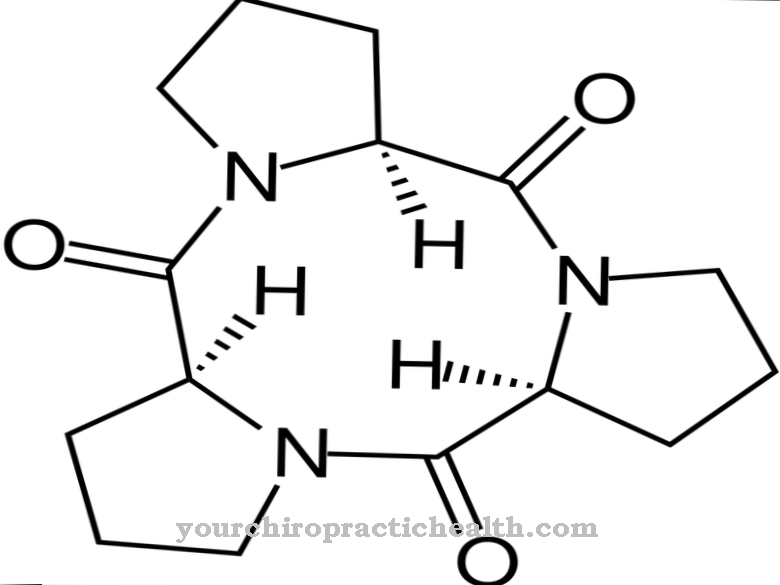
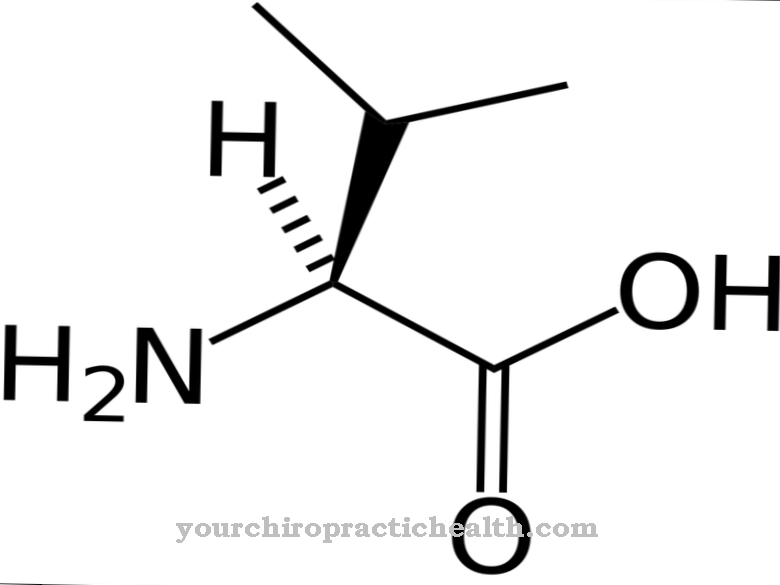
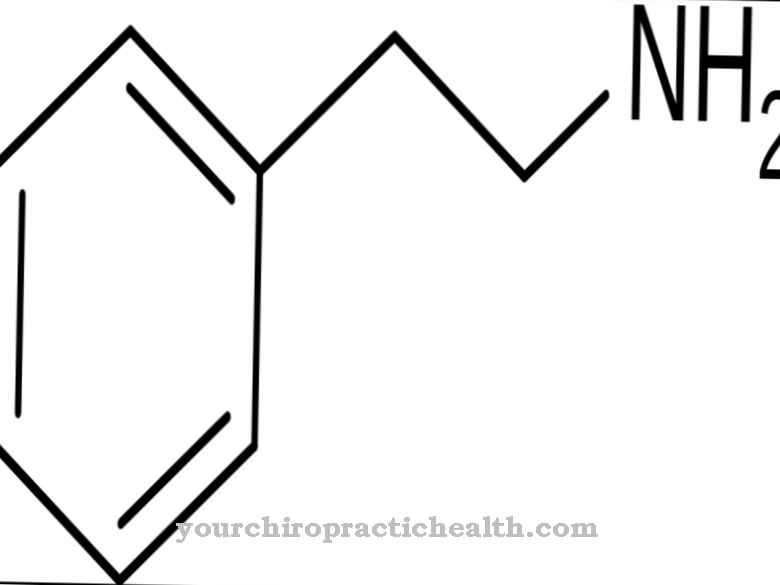
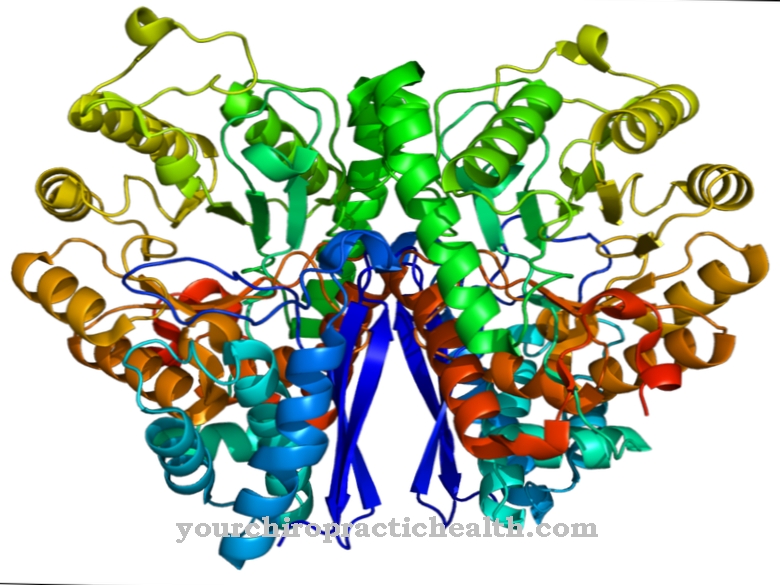

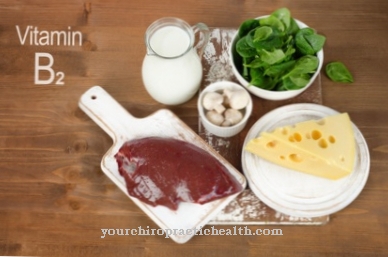

















.jpg)



